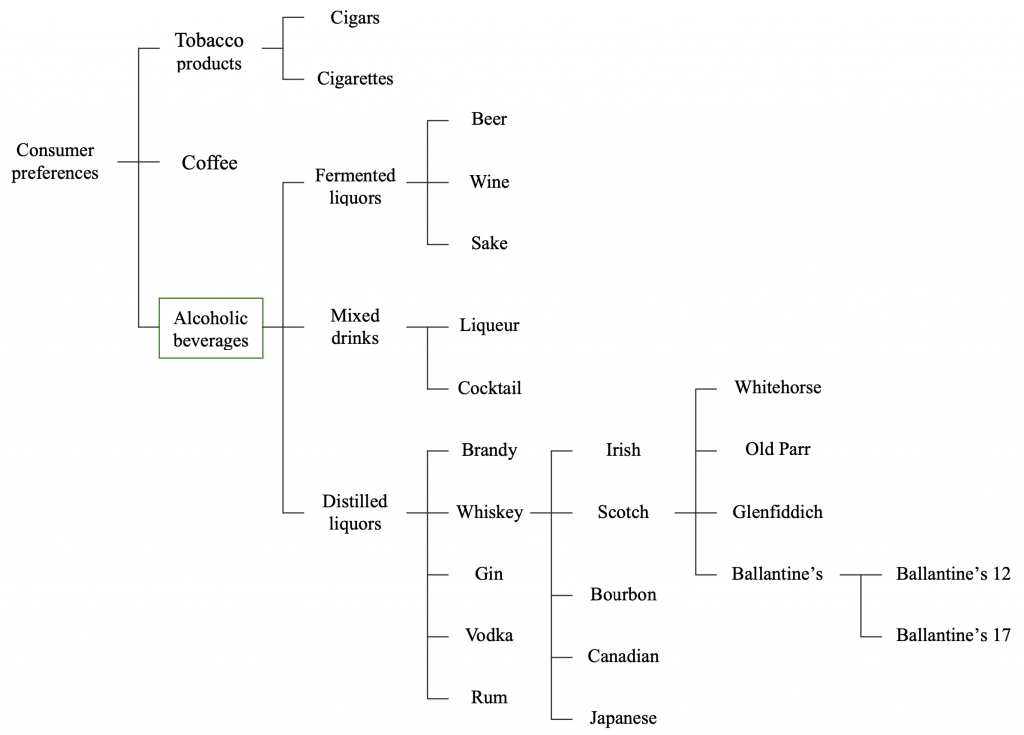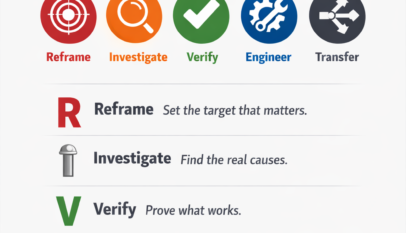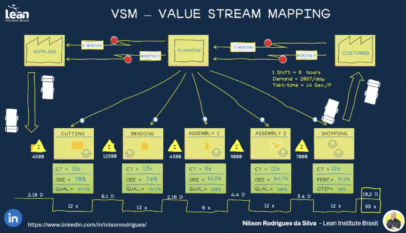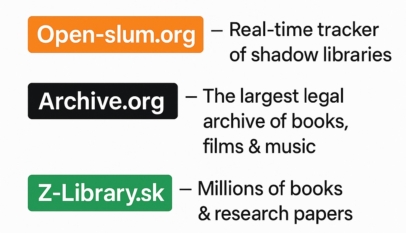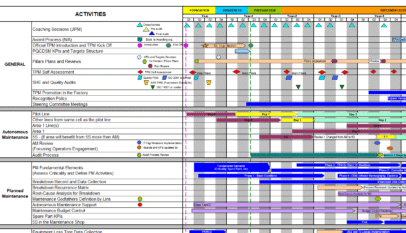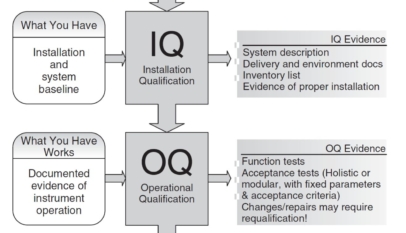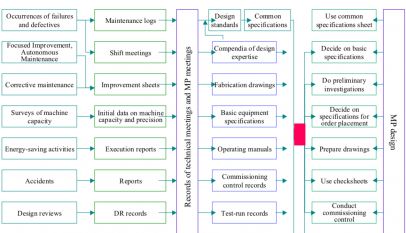Columns labeled primary and secondary appear regularly in required quality deployment tables and quality characteristic deployment tables. Many of these tables include tertiary columns, as well. These labels are abstract values that have been used to establish a convenient hierarchy. The smaller the numerical value, the higher the item’s position in the hierarchy.
Items high up in the hierarchy are general categories while those lower in the hierarchy are specific types. For example, if the general category were favorite foods, the series from top to bottom might read:
- favorite foods;
- alcoholic beverages;
- distilled liquors;
- whiskey;
- scotch.
Refer to the diagram “An Abstract Hierarchy” below. This series starts at the high level of favorite foods and becomes progressively more concrete as the series moves through lower hierarchy items starting with alcoholic beverages.
If we select alcoholic beverages as the primary item, then distilled liquors become the secondary item, whiskey the tertiary item, and scotch the quaternary item. Obviously, if we choose to make favorite foods the primary item, then alcoholic beverages will be the secondary item. There is no set rule as to which item is assigned the primary level in the hierarchy. Neither does it matter in what manner we proceed from abstract to concrete items just as long as an appropriate numerical value is assigned.
The important point is that items on the lower levels of the hierarchy form a subset of the items above. If we choose to make favorite foods the primary item, favorite foods is the category to be developed, and all items below that level must form a subset of favorite foods. If we choose alcoholic beverages as the item below favorite foods, then all items below alcoholic beverages must form a subset of that item. In terms of any systematic diagram, these items would correspond to the component elements of the schematic.
Whenever people discuss anything, they move up and down this kind of abstract ladder in their minds. And, as is often the case, a lack of concrete expressions often creates misunderstanding. If one person says “I could use a shot of whiskey,” someone else might open a bottle of bourbon. It is entirely possible, however, that what the first person meant was that he wanted a drink of scotch whiskey. Similar misunderstanding’s often will occur between customers and the businesses serving them. It is necessary to implement countermeasures that protect against this type of misunderstanding.
The creation of deployment tables and their use as a tool for discussion enables businesses to understand exactly what their customers’ requirements are. Even in cases where the customer himself is not completely aware of what he wants, this technique can help understand the customer’s hidden requirements.
